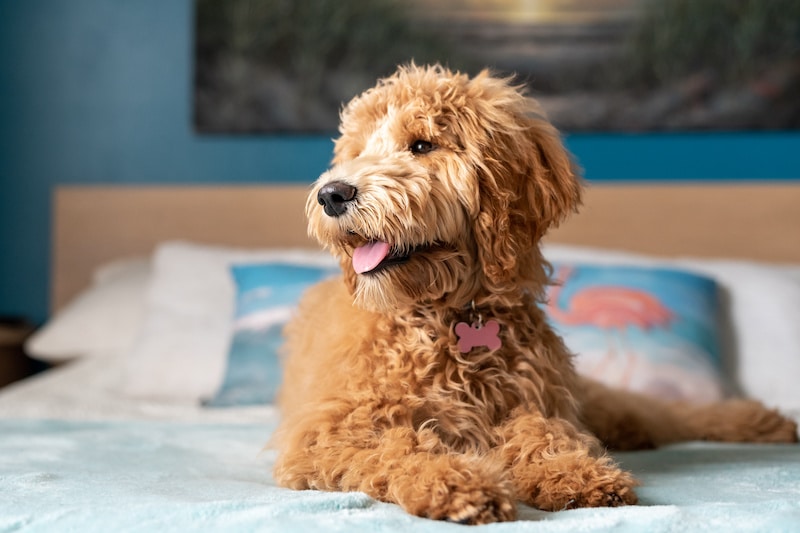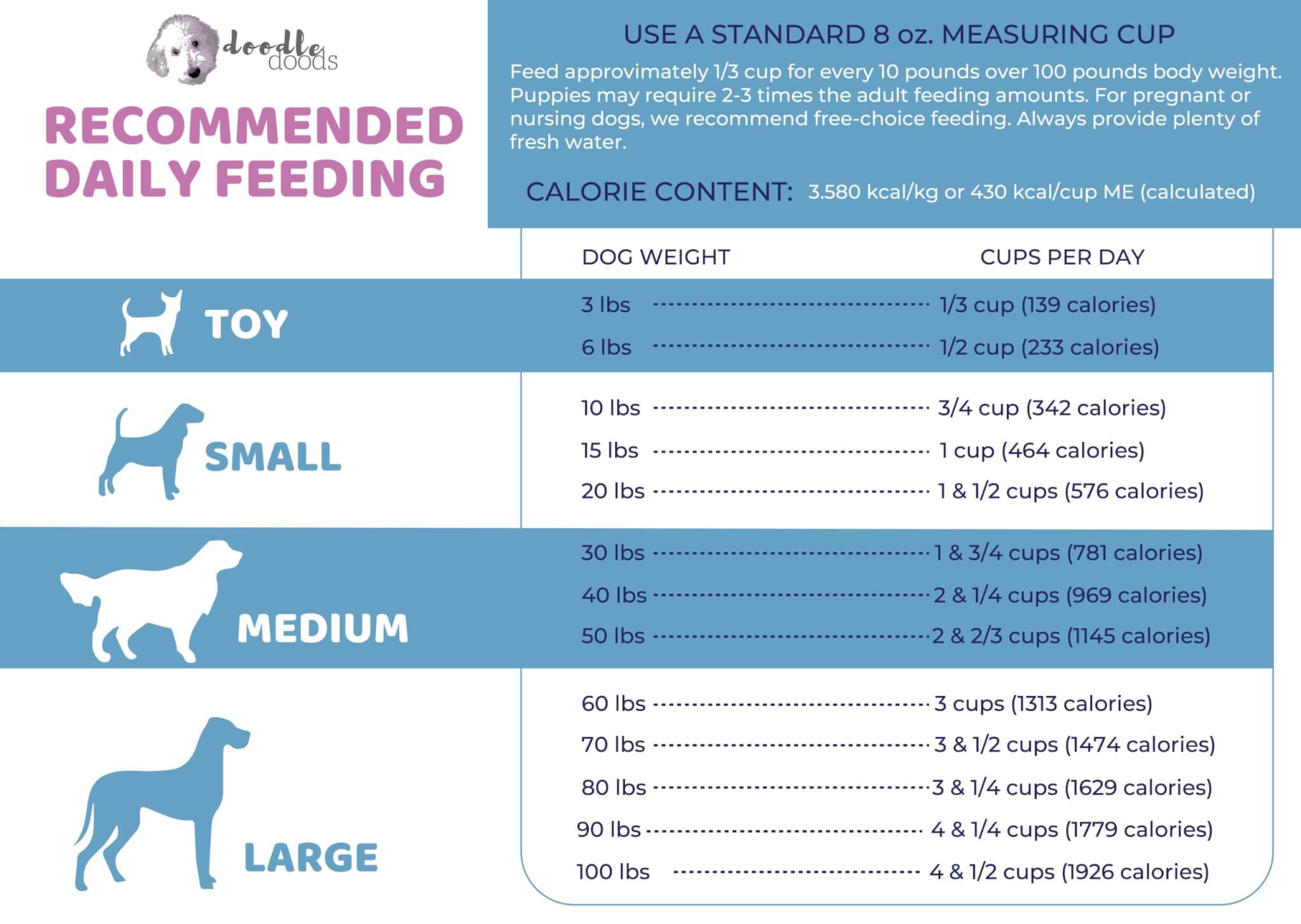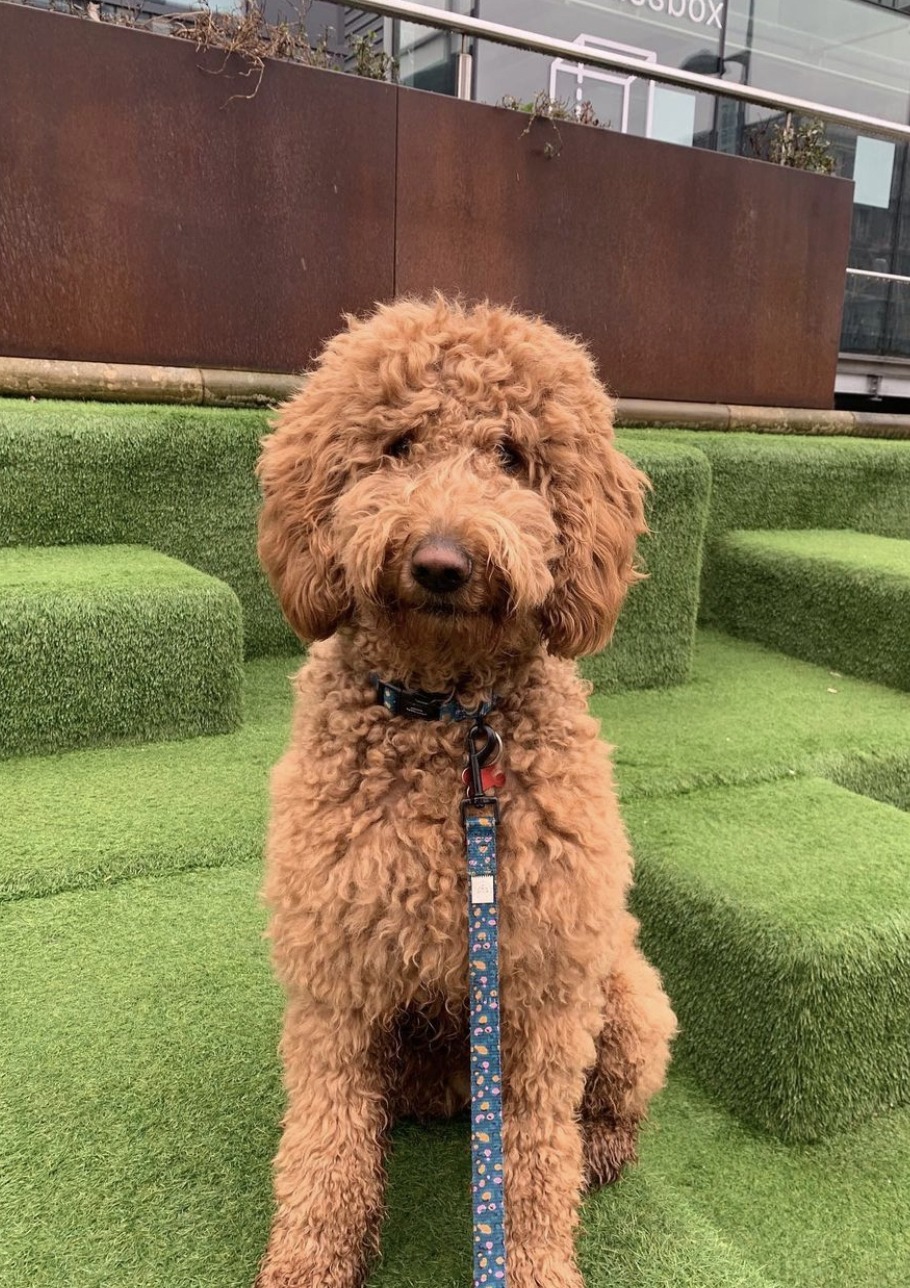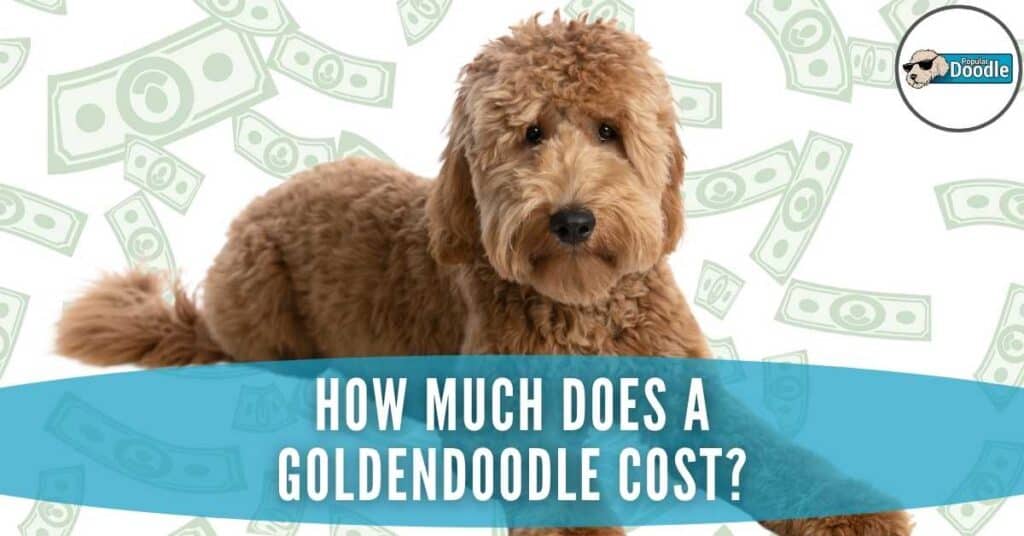Are you wondering why your adorable F1b Goldendoodle is shedding? Don’t worry, you’re not alone! Shedding can be a common concern among dog owners, especially when it comes to Goldendoodles. But fear not, because in this article, we’ll explore the reasons behind your F1b Goldendoodle’s shedding and provide some helpful insights on how to manage it.
Before we dive into the why’s and how’s of shedding, let’s first understand what an F1b Goldendoodle is. An F1b Goldendoodle is a second-generation crossbreed between a Goldendoodle and a Poodle. These lovable companions are known for their hypoallergenic coats, which means they are less likely to cause allergies. However, shedding can still occur to some extent, and that’s where our journey begins.
Now, let’s uncover the reasons behind why your F1b Goldendoodle may be shedding. From seasonal changes to genetics and health factors, there are several factors that can contribute to shedding in F1b Goldendoodles. So, let’s explore these reasons together and find out how you can help your furry friend maintain a healthy and happy coat.
Get ready to say goodbye to shedding woes as we embark on a shedding adventure filled with knowledge and tips to keep your F1b Goldendoodle’s coat looking fabulous. Let’s dive in!

Table of Contents
- Why Is My F1b Goldendoodle Shedding?
- Understanding the Genetics: F1b Goldendoodle Coat Types
- Grooming and Maintenance: Keys to Minimizing Shedding
- Conclusion
- Key Takeaways: Why Is My F1b Goldendoodle Shedding?
- Frequently Asked Questions
- 1. How common is shedding in F1b Goldendoodles?
- 2. What are the possible reasons for shedding in F1b Goldendoodles?
- 3. Can I reduce shedding in my F1b Goldendoodle?
- 4. Are there any specific products or supplements that can help with shedding?
- 5. When should I be concerned about excessive shedding in my F1b Goldendoodle?
- Goldendoodle Puppy Coat Types / Goldendoodles Shedding
- Summary
Why Is My F1b Goldendoodle Shedding?
Welcome to our in-depth article on why your F1b Goldendoodle may be shedding. Goldendoodles, the crossbreed of Golden Retrievers and Poodles, are known for their low-shedding coats. However, if you’ve noticed that your F1b Goldendoodle is shedding more than expected, several factors could be contributing to this. In this article, we will explore the reasons behind the shedding and provide you with helpful tips to manage it effectively.
Understanding the Genetics: F1b Goldendoodle Coat Types
When it comes to shedding, it’s crucial to understand the coat types of F1b Goldendoodles. F1b Goldendoodles are a cross between a Goldendoodle and a Poodle, resulting in a mixed-generation hybrid. The letter “b” in F1b represents backcrossing, which means that an F1 Goldendoodle is bred back to a Poodle rather than a Golden Retriever. This breeding produces a higher percentage of Poodle genes which contributes to the low-shedding characteristic of F1b Goldendoodles.
However, even with the low-shedding genes, some F1b Goldendoodles may still shed more than expected. This can be due to several reasons, including individual variations in genetics, hormonal factors, and environmental conditions. Let’s explore some of the possible reasons for shedding in F1b Goldendoodles in more detail.
Allergies and Skin Conditions
One of the common causes of increased shedding in F1b Goldendoodles is allergies and skin conditions. Just like humans, dogs can develop allergies to certain foods, environmental factors, or substances they come into contact with. Allergies can lead to itchy and irritated skin, which in turn can cause excessive shedding.
If you notice your F1b Goldendoodle scratching excessively, experiencing redness or inflammation, or developing flaky or oily skin, it may be a sign of an allergic reaction or skin condition. In such cases, it’s best to consult with a veterinarian who can identify the specific allergen or recommend appropriate treatment to alleviate the symptoms and reduce shedding.
Additionally, certain skin conditions like seborrhea or dermatitis can also lead to increased shedding in F1b Goldendoodles. These conditions can be caused by underlying factors such as hormonal imbalances, bacterial or fungal infections, or even poor grooming practices. Addressing the root cause with the help of a veterinarian can help manage the shedding and improve your Goldendoodle’s overall skin health.
Dietary Factors and Nutritional Imbalances
The diet you provide your F1b Goldendoodle plays a significant role in their coat health and shedding patterns. Nutritional imbalances or deficiencies can lead to dry, brittle fur, and increased shedding. Ensure that your Goldendoodle is receiving a well-balanced diet that includes high-quality protein, essential fatty acids, vitamins, and minerals.
Feeding your F1b Goldendoodle with a commercially available dog food specifically formulated for their breed and size can help ensure they receive the necessary nutrients for a healthy coat. Avoiding cheap, low-quality dog food that may contain fillers and artificial ingredients is also important.
Furthermore, introducing additional supplements like omega-3 fatty acids, biotin, or other skin and coat supplements as per your veterinarian’s recommendation can help improve your Goldendoodle’s coat quality and reduce shedding. It’s always best to consult with a veterinarian to determine the specific dietary needs of your F1b Goldendoodle.
Grooming and Maintenance: Keys to Minimizing Shedding
To effectively manage shedding in your F1b Goldendoodle, proper grooming and maintenance are essential. Regular brushing helps remove loose hair before it can fall out and accumulate around your home. Remember to use a slicker brush or a comb with wide-spaced teeth suitable for your Goldendoodle’s coat type to prevent tugging or causing discomfort.
Bathing your F1b Goldendoodle regularly with a mild dog shampoo can also help reduce shedding. Ensure that you choose a shampoo that is gentle on their skin and does not strip away the natural oils that keep their coat healthy. Over-bathing can lead to dry skin and increased shedding, so it’s important to strike a balance and not bathe your Goldendoodle excessively.
Additionally, maintaining a consistent grooming routine that includes regular trimming of the hair around the ears, paws, and sanitary areas can help prevent matting and tangling, which can contribute to shedding. Consider consulting a professional groomer for guidance on the best grooming practices for your F1b Goldendoodle.
The Importance of Regular Veterinary Check-Ups
Regular visits to the veterinarian are crucial for maintaining your F1b Goldendoodle’s overall health, including their coat condition. Your veterinarian can identify any underlying health issues that may be contributing to excessive shedding and provide appropriate treatment.
During check-ups, the veterinarian can also check for parasites like fleas or ticks, which can cause itching and lead to increased shedding in F1b Goldendoodles. They can recommend preventive measures such as flea and tick preventatives to keep your Goldendoodle protected.
Moreover, if your F1b Goldendoodle’s shedding is accompanied by other symptoms like lethargy, loss of appetite, or changes in behavior, it’s important to bring these to the attention of your veterinarian. These could be indications of underlying medical conditions that require prompt attention.
Conclusion
Understanding the reasons behind your F1b Goldendoodle’s shedding is the first step to effectively managing it. Factors such as allergies, skin conditions, dietary imbalances, and grooming play a significant role in controlling shedding in F1b Goldendoodles. By addressing these factors and following proper grooming practices, you can minimize shedding and keep your Goldendoodle’s coat healthy and beautiful. Remember to consult with your veterinarian for personalized advice and guidance to meet the specific needs of your F1b Goldendoodle.
Key Takeaways: Why Is My F1b Goldendoodle Shedding?
– Seasonal changes can also cause increased shedding in Goldendoodles.
– Dry skin or allergies could be a reason for excessive shedding in F1b Goldendoodles.
– Lack of regular grooming and brushing can contribute to shedding in Goldendoodles.
– A diet lacking essential nutrients can lead to shedding in F1b Goldendoodles.
Frequently Asked Questions
1. How common is shedding in F1b Goldendoodles?
Shedding in F1b Goldendoodles can vary from dog to dog. While Goldendoodles are known for being low-shedding or hypoallergenic, the F1b generation, which is a cross between a Goldendoodle and a Poodle, may have a higher chance of shedding. This is because the F1b Goldendoodle has a higher percentage of Poodle genes, which can contribute to a more non-shedding coat. However, it’s important to remember that every dog is different, and some F1b Goldendoodles may still shed minimally.
If shedding is a concern for you, it’s best to talk to a reputable breeder who can provide more information on the specific genetics of the F1b Goldendoodle you are interested in.
2. What are the possible reasons for shedding in F1b Goldendoodles?
There are several reasons why F1b Goldendoodles may shed. One possible reason is genetics. While Goldendoodles are bred to have low-shedding coats, there can still be variations in the genes that control coat type and shedding. If the F1b Goldendoodle inherits more genes from the Golden Retriever side, it may be more prone to shedding.
Other factors that can contribute to shedding include seasonal changes, hormonal changes, stress, poor nutrition, and skin conditions. If you notice excessive shedding in your F1b Goldendoodle, it’s recommended to consult with a veterinarian to rule out any underlying health issues.
3. Can I reduce shedding in my F1b Goldendoodle?
While you cannot completely eliminate shedding in F1b Goldendoodles, there are steps you can take to minimize it. Regular grooming is key to managing shedding. Brushing your F1b Goldendoodle’s coat regularly helps to remove loose hair and prevent it from ending up all over your home.
Additionally, ensuring a balanced diet with high-quality food can contribute to a healthier coat and reduce excessive shedding. Providing your F1b Goldendoodle with a nutritious diet that meets their specific needs can help maintain a healthy coat.
4. Are there any specific products or supplements that can help with shedding?
There are various products and supplements available in the market that claim to reduce shedding in dogs. While some of these products may be effective for certain dogs, it’s important to note that results can vary.
If you are considering using a product or supplement to help with shedding, it’s recommended to consult with a veterinarian first. They can provide guidance on the most suitable options for your F1b Goldendoodle and ensure that the ingredients are safe and appropriate.
5. When should I be concerned about excessive shedding in my F1b Goldendoodle?
Some shedding is normal for F1b Goldendoodles, but excessive shedding can be a cause for concern. If you notice a sudden increase in shedding or if your F1b Goldendoodle is losing patches of hair, it’s important to consult with a veterinarian.
Excessive shedding can be a sign of an underlying health issue, such as allergies, hormonal imbalances, or skin infections. A veterinarian can perform a thorough examination and recommend appropriate tests or treatments to address the underlying cause of excessive shedding.
Goldendoodle Puppy Coat Types / Goldendoodles Shedding
Summary
So, now you know why your F1b Goldendoodle is shedding. It’s because of their genetic makeup! Goldendoodles have a mix of Poodle and Golden Retriever genes, and sometimes those Retriever genes cause them to shed more than expected.
But don’t worry, there are ways to manage and reduce the shedding. Regular grooming, such as brushing and bathing, can help keep their coat healthy and minimize shedding. Also, a healthy diet with the right nutrients can make a big difference in their fur. So, make sure to feed your Goldendoodle high-quality food.
Remember, shedding is a normal part of having a dog, and some amount of hair around the house is to be expected. But with the right care and attention, you can keep your Goldendoodle’s shedding under control and continue to enjoy their wonderful company.



